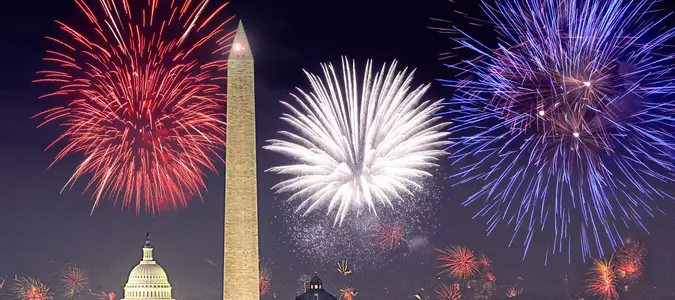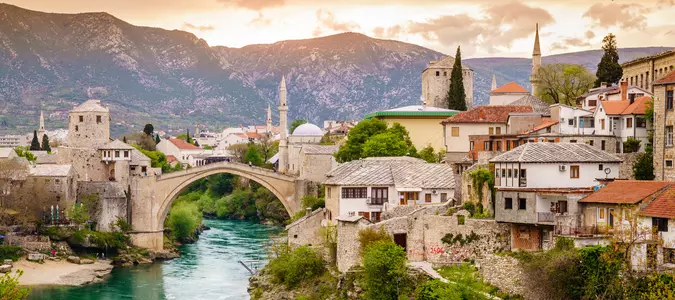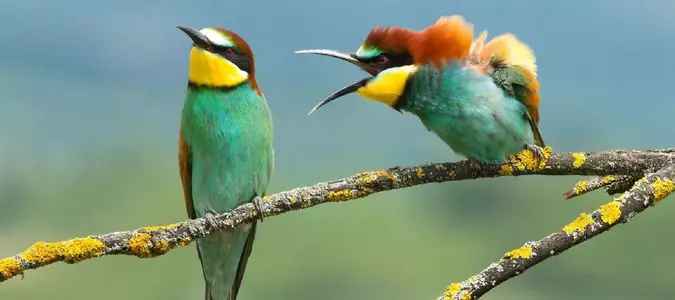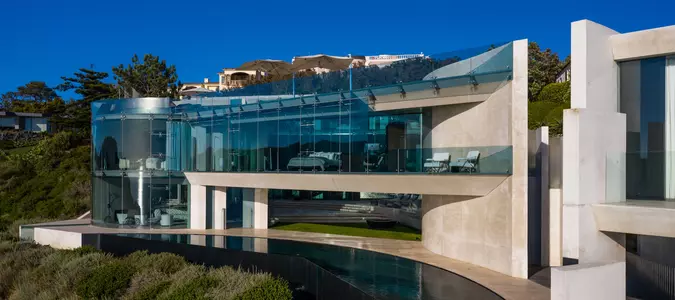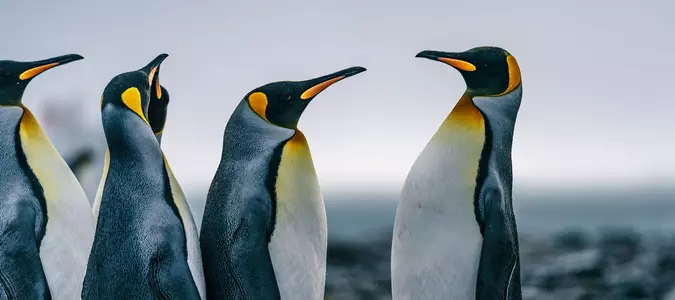

The Types of Volcanoes That Frame Landscapes
Volcanoes are responsible for some of the earth’s most dramatic landscapes, but they don’t all look the same. Each type of volcano has its own unique traits, eruptive styles, and landforms that continue to awe geologists, travelers and photographers alike.
Swipe ahead to learn about the different types of volcanoes and what makes each one extraordinary.

Shield Volcanoes
These wide, dome-like volcanoes are the largest type on earth. They’re formed from multiple andesitic and basaltic eruptions occurring over long periods of time up to 1 million years. Mauna Loa in Hawaii, the largest volcano on earth, is so massive it’s hard to even see its full shape because it covers half of the Big Island.
Photography: NPS/B.Hayes
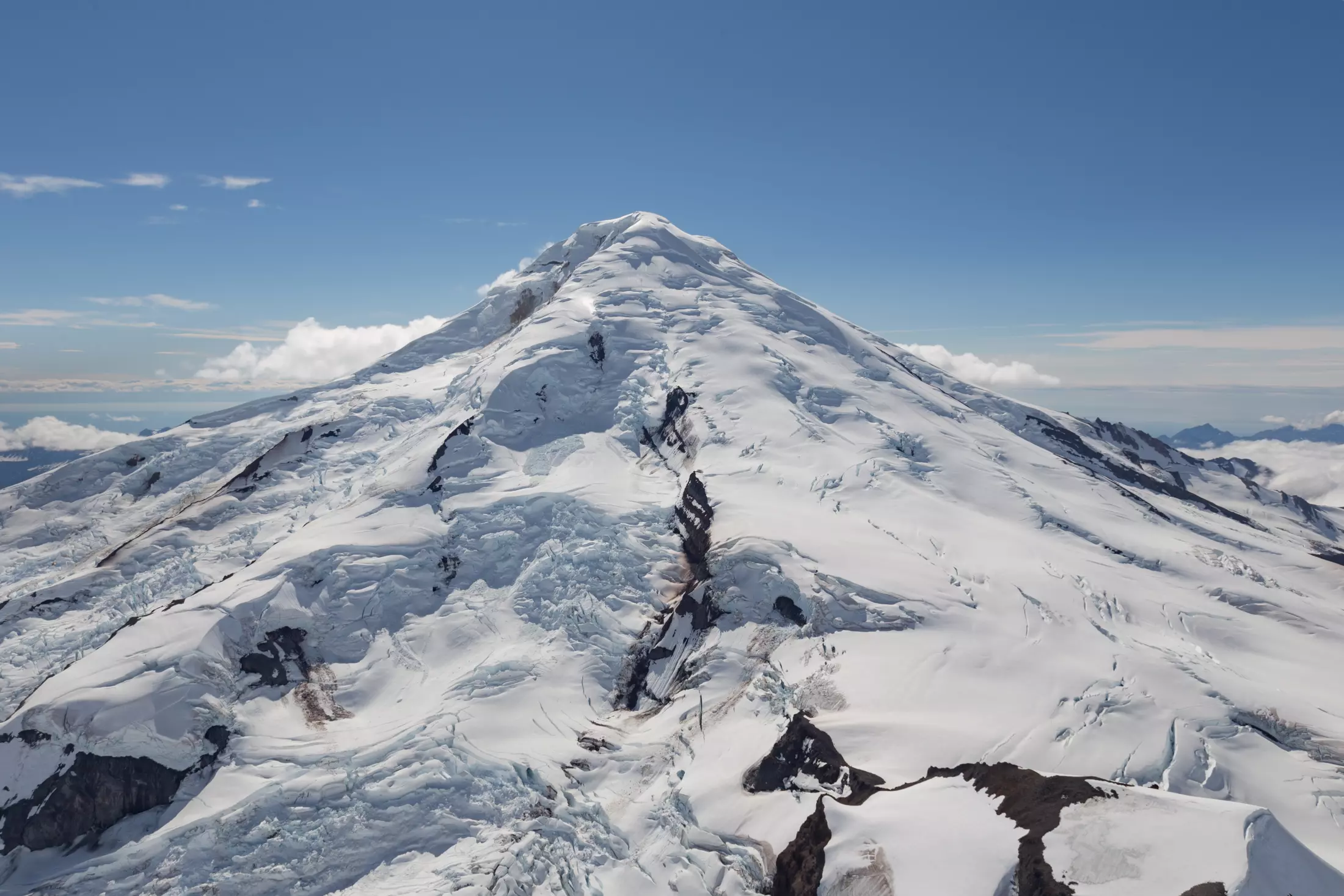
Composite Volcanoes
Composite volcanoes, as known called stratovolcanoes, are the best subjects for landscape photography and their complex eruptions usually make headlines. Mount St. Helens, a classic composite volcano in Washington is famous for its explosive 1980 eruption that blew away a large part of the mountain. These are the ones with that perfect volcano shape you see in science books.
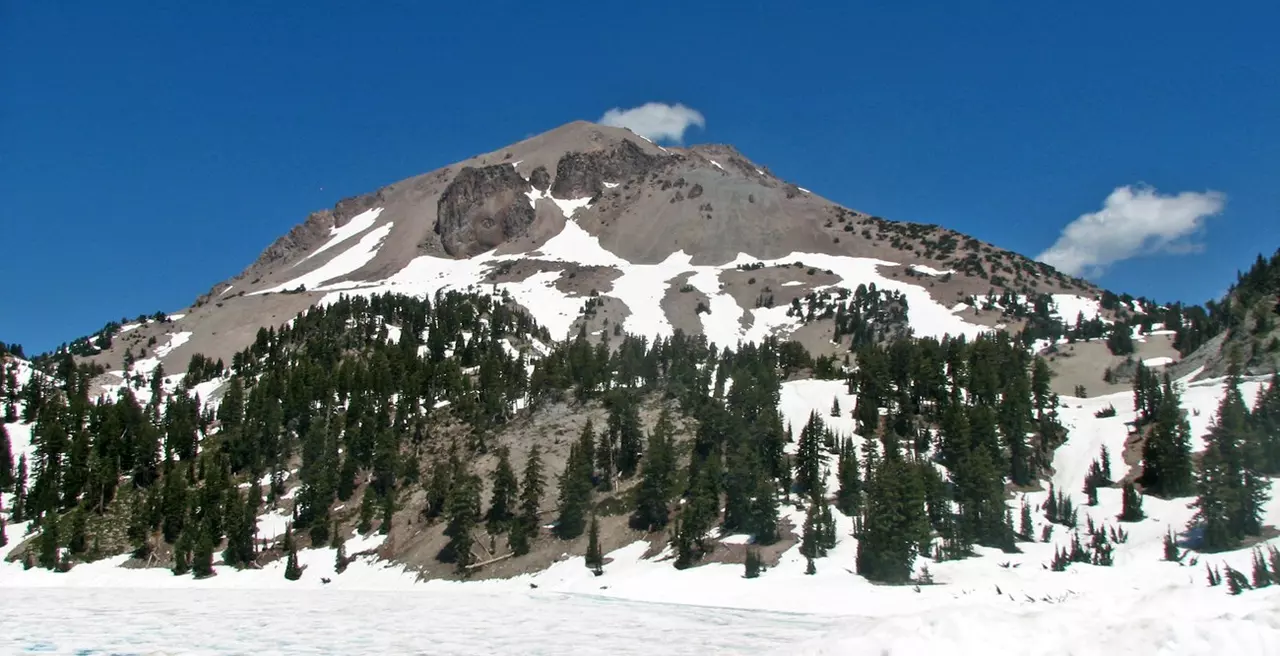
Volcanic Domes
Volcanic domes form when thick, silicic lava oozes out slowly and piles up around the vent, forming a dome-like structure. Although the lava flow from domes is very slow, the can explode violently if pressure builds. Unlike the traditional volcanoes you’re used to seeing, domes normally don’t have craters at the top.
Photography: Flickr/John St. James

Cinder Cone Volcanoes
The cinder cone is likely the type of volcano you’re picturing in your head. After all, its the most common type in the world. They grow fast, have a classic cone shape and they’re usually steep and rugged.
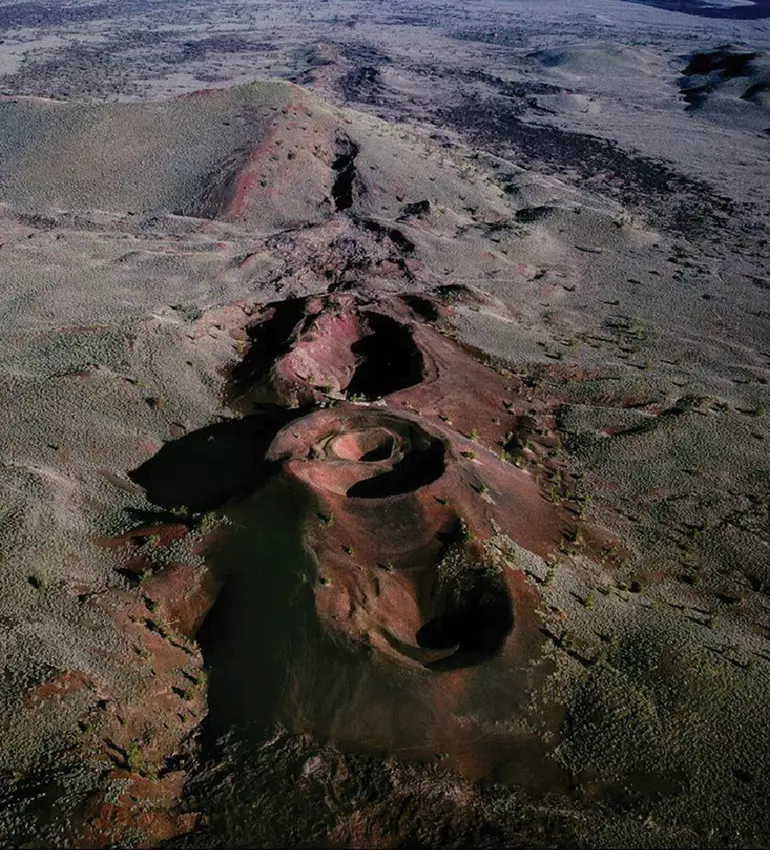
Fissure Volcanoes
These elongated volcanoes don’t spew lava through a crater at the top. It gushes out through long fractures, that spread out across land instead of staying in one spot and forming mountains. You’ll see this kind of eruption in places like Iceland’s Reykjanes peninsula and eastern Oregon’s Columbia River Basalts.
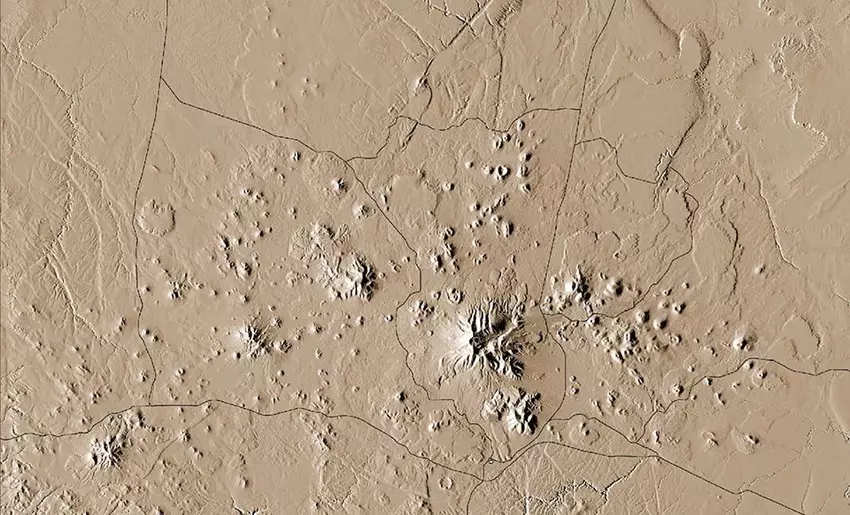
Monogenetic Volcanic Fields
Instead of one huge volcano, you’ll see a batch of small ones in a monogenetic volcanic field where each one erupts just once before going quiet forever. The San Francisco Volcanic Field in Arizona features domes, cones, and lava flows scattered across 1,800 square miles of desert.
Photography: United States Geological Survey
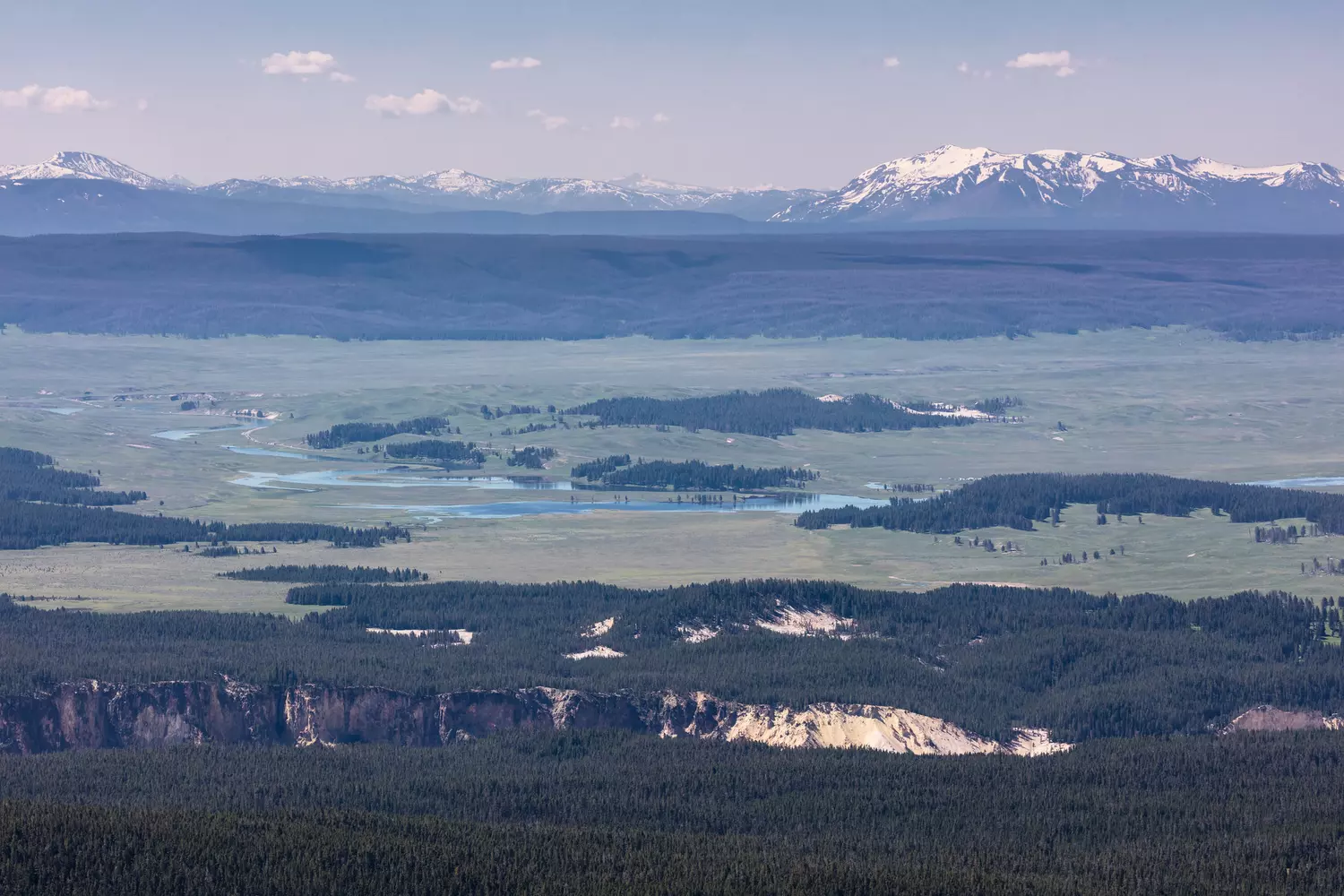
Supervolcanoes
Supervolcanoes are the stuff of science fiction movies. These monstrous volcanoes get the distinction by producing an eruption that tops out at 8 out of 8 on the Volcanic Explosivity Index. Yellowstone is the most famous example in the U.S., and it’s so massive you’re actually standing inside it when you visit the park. Luckily, Yellowstone last erupted about 640,000 years ago.
Photography: NPS/Jacob Frank
